Yurie Nagashima, a Leading Female Voice in Japanese Photography
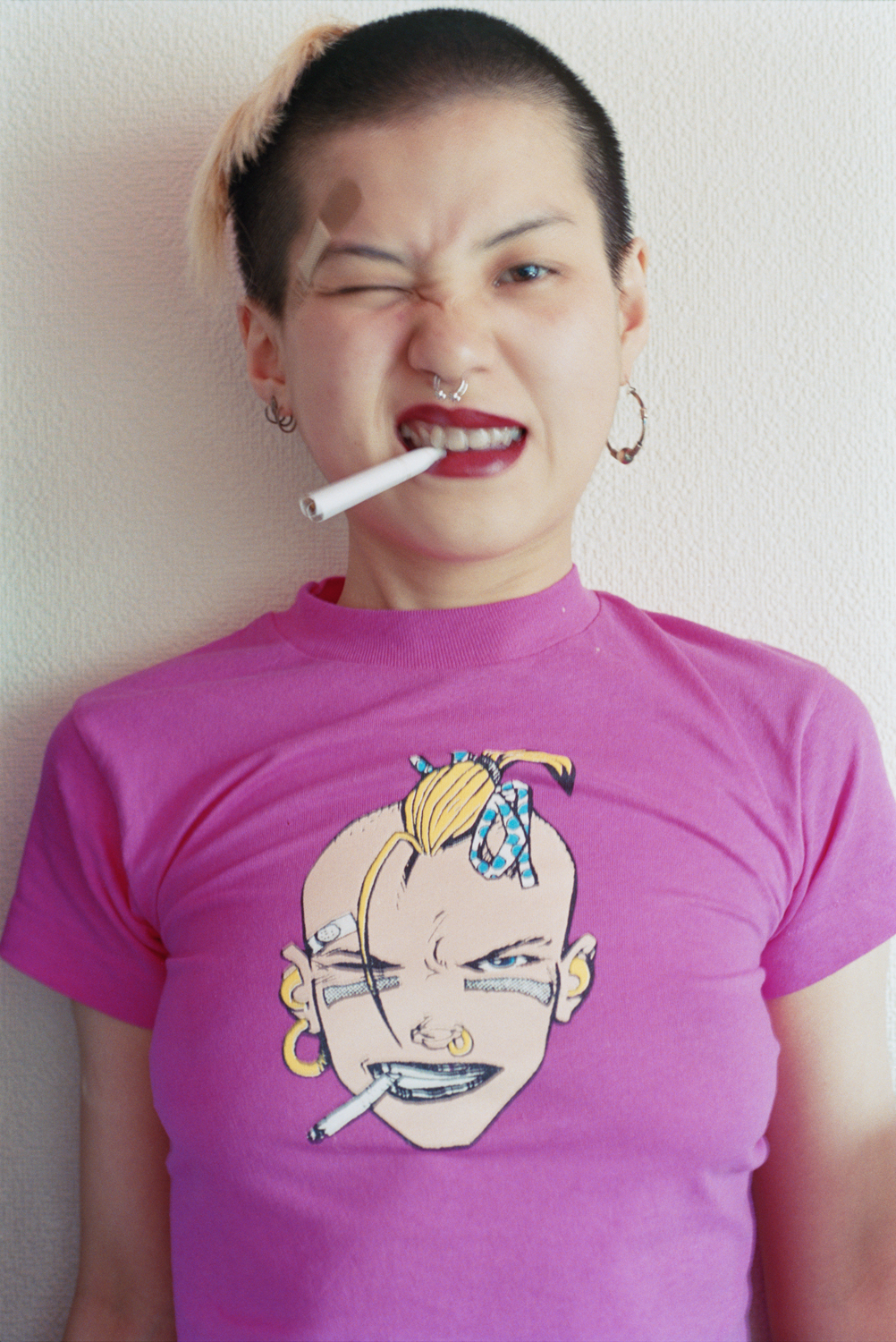
Tank Girl. 1994, C-print
Photographer and writer Yurie Nagashima grew up surrounded by strong female role models: her teachers, members of her family, and Simone de Beauvoir. Women that had nothing to do with the notion of how a woman should be or behave in the Japan of the 90s. Ignoring those instructing her to be more feminine, the young Nagashima decided to raise her own unique voice through photography. And her voice was heard. Still a university student, Nagashima won the Urbanart award. Serving as a member of the jury was none other than the highly-acclaimed and polemic photographer, Araki Nobuyoshi.
The Personal is Political
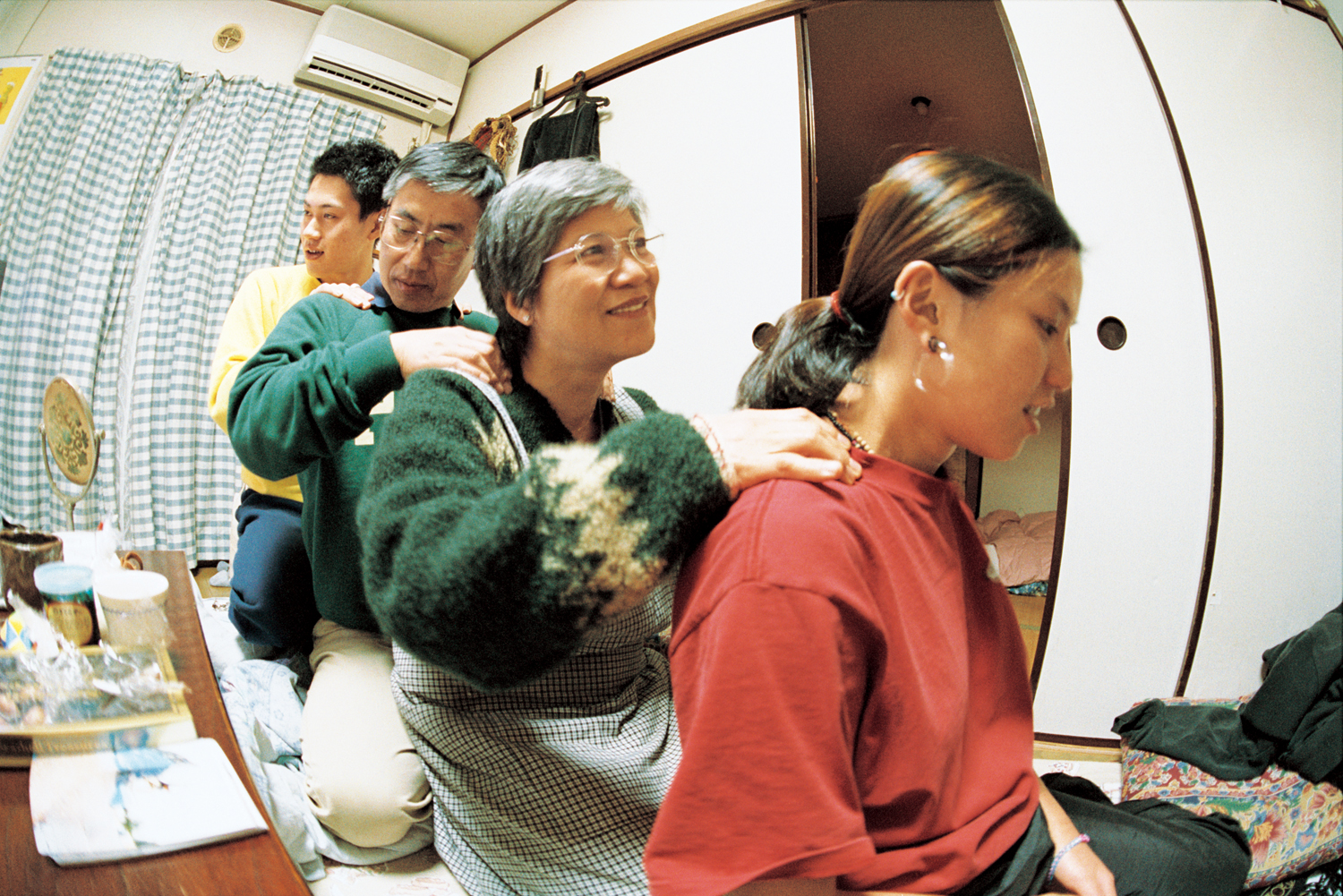
From the series Family. 1997, C-print
The series of photographs that won her the award depicted Nagashima’s family in the nude, and quickly became a national sensation. Soon after, the term ‘onnanoko shashin’ (or Girls’ photography), was born. It referred to a group of female photographers, with Nagashima as one of the lead figures, who were documenting their day-to-day lives and expressing themselves for the first time freely and in the open. Self-portraits and nudity were common and that would frequently draw criticism over the real motivations of these photographers.
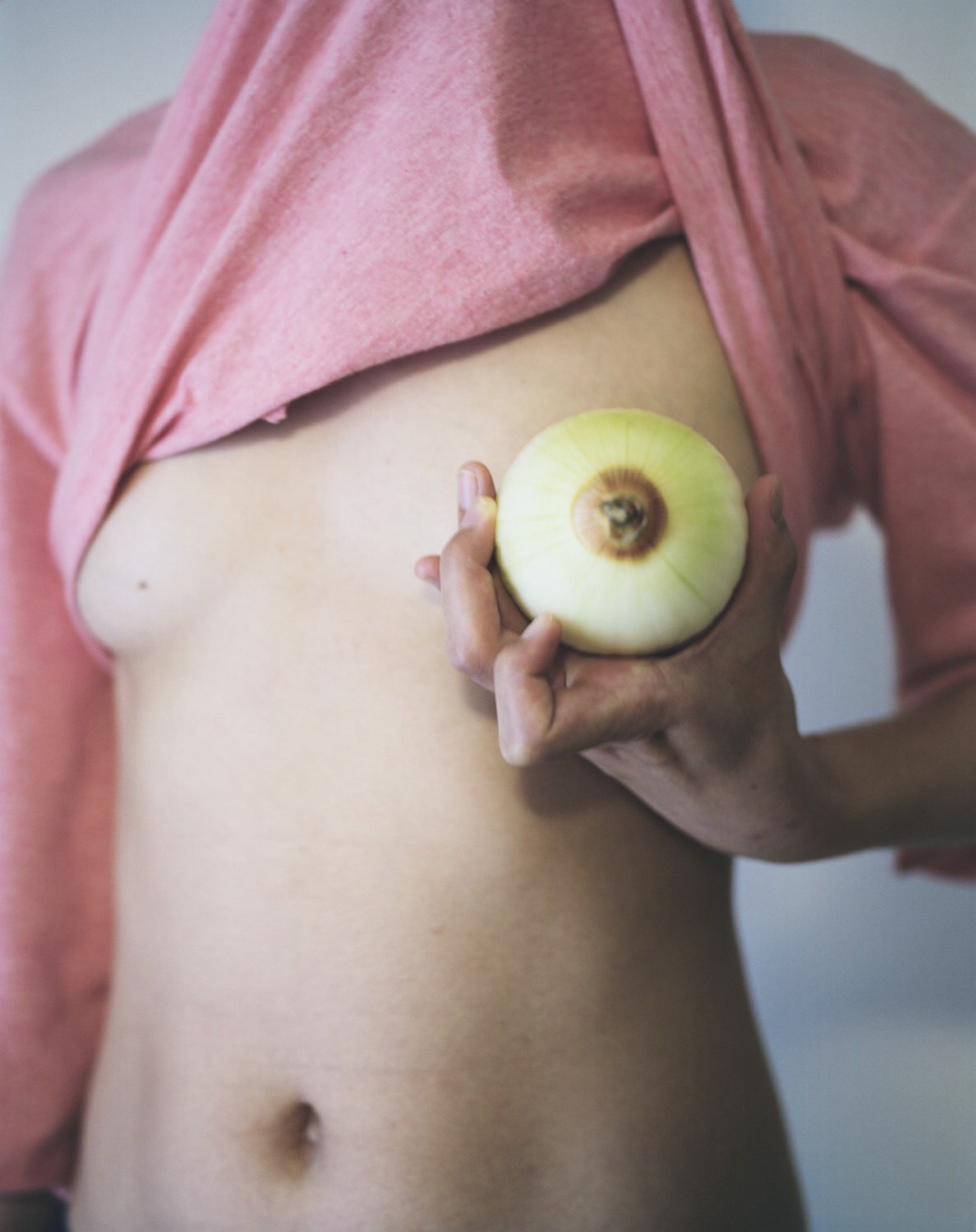
Onion. 2005, C-print
When asked about the series, Nagashima explains that it was not meant to be about her family, but a family, any family. The artist wanted to start a dialogue about the concept of family itself as the smallest political unit. The family as a reflection of the dynamics that move our society. This quest to explain in images the concept of family, which started with her in the role of daughter and sister, has naturally evolved over time as she has adopted new roles —mother, wife and daughter-in-law.
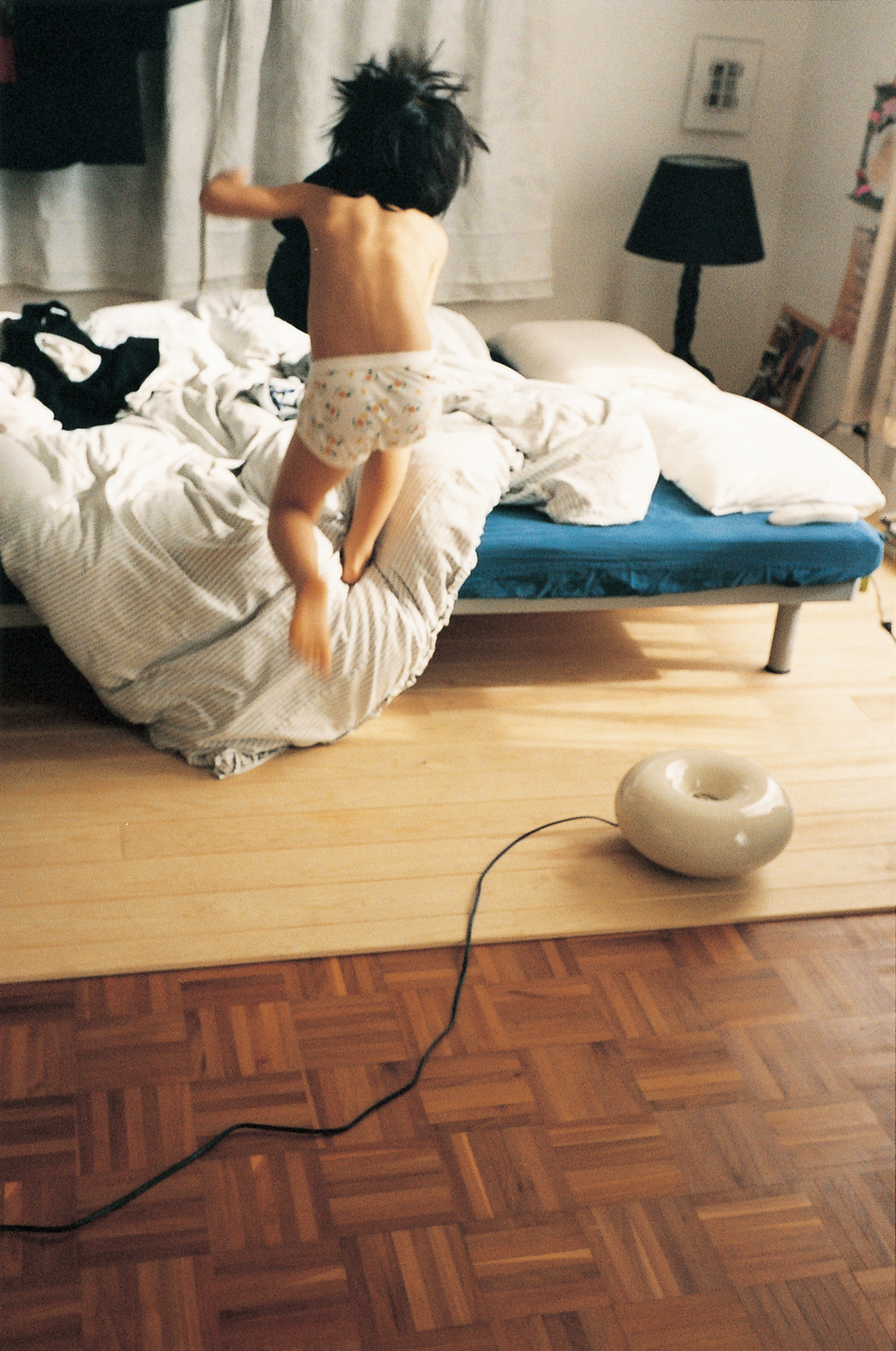
From the series 5 comes after 6. 1997, C-print
The attitude of the artist towards the act of photography itself has also changed. Less bold than before, she now accepts that there are moments that she needs to let pass by without the sound of the shutter. But even though the tone of her voice has changed as she has grown up and deepened her knowledge of feminism through her studies in Sociology, the message is still clear. For one of her latest installations, the artist sewed with her mother a tent made up of her family’s old clothes, further shedding light on the concepts of family and home that have always been at the core of her work.
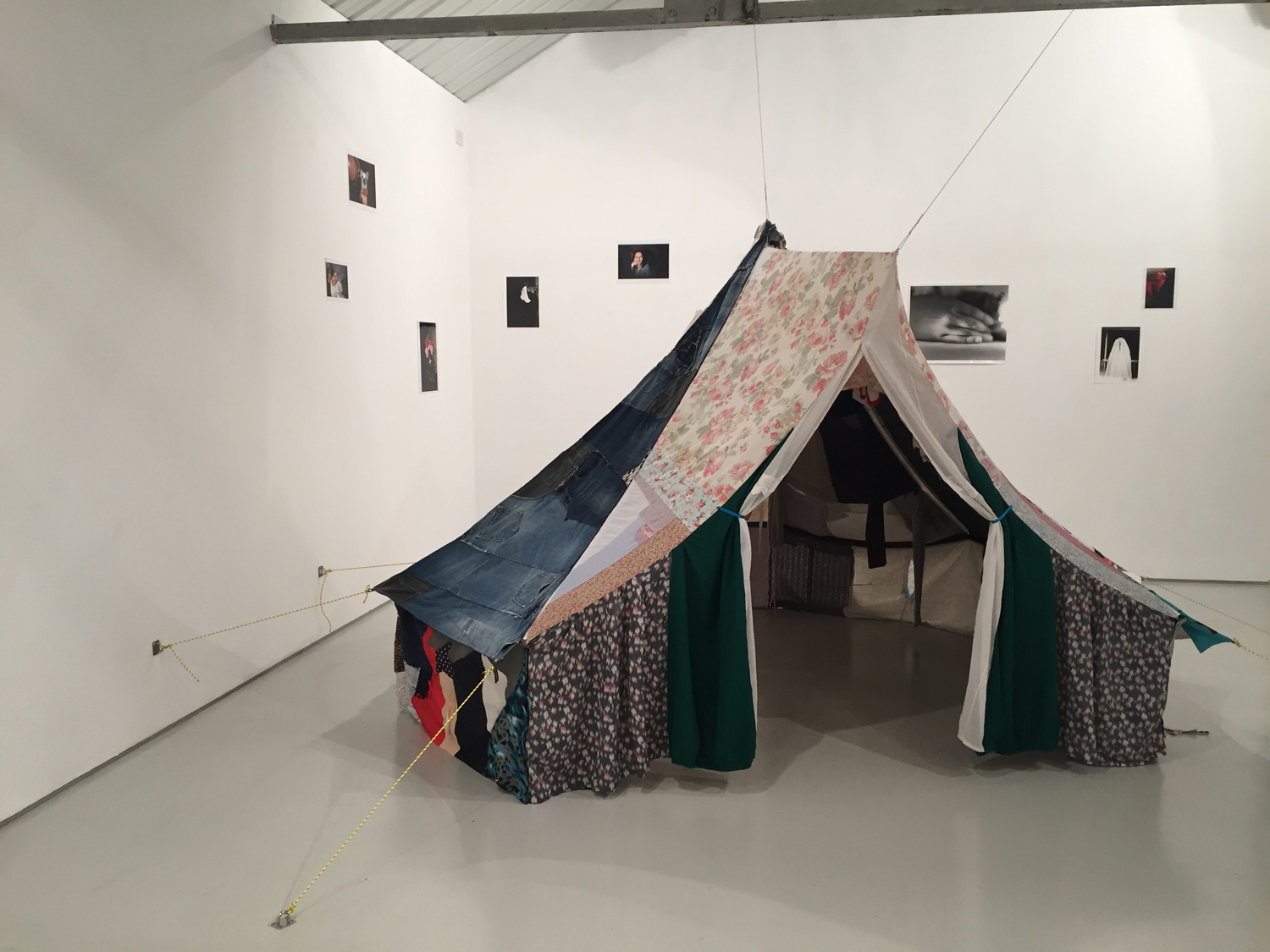
From the series about home. 2016. Embroidery, T-shirts, Cotton bags, ect., Dimensions variable
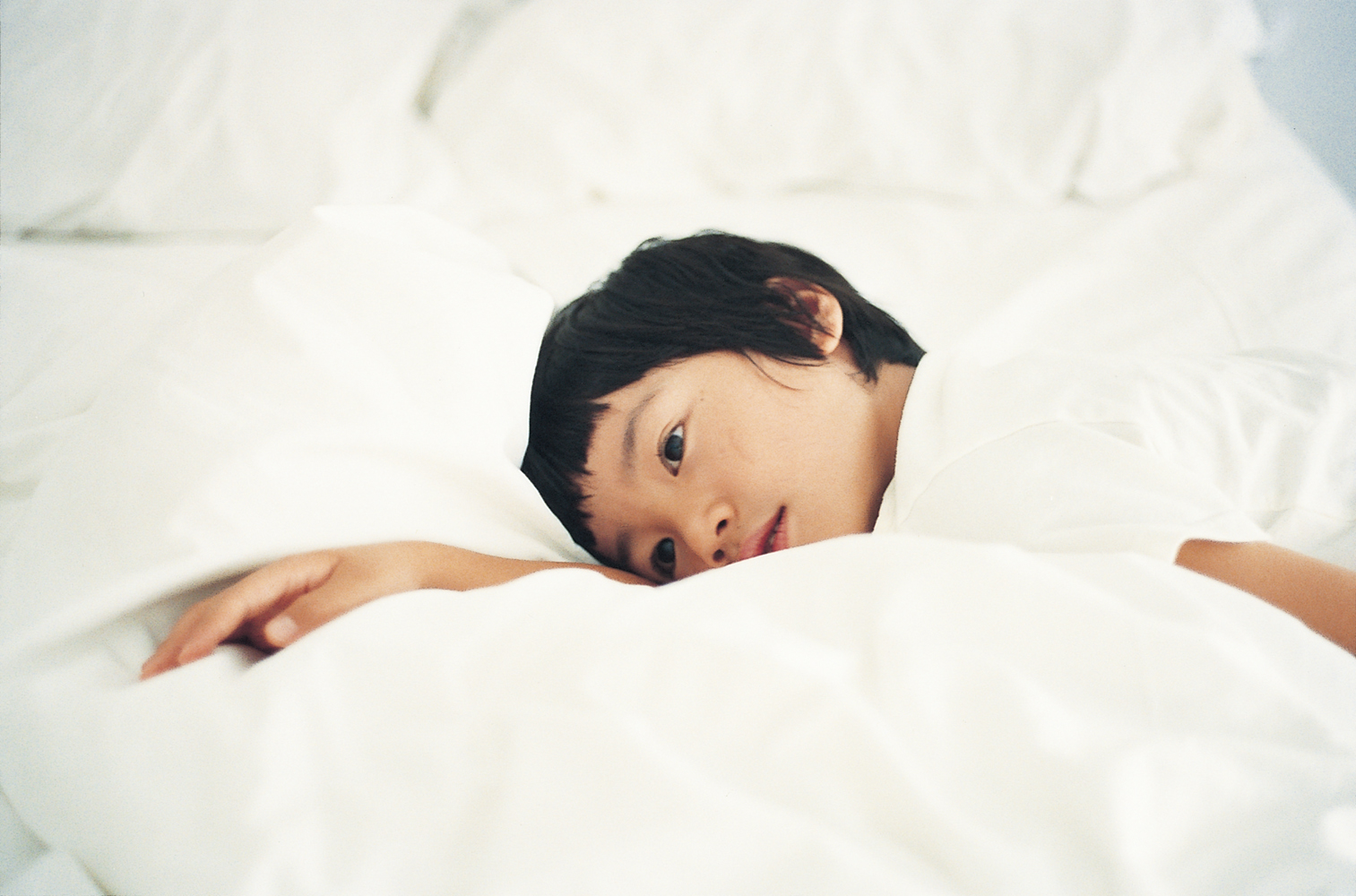
From the series 5 comes after 6. 1997, C-print
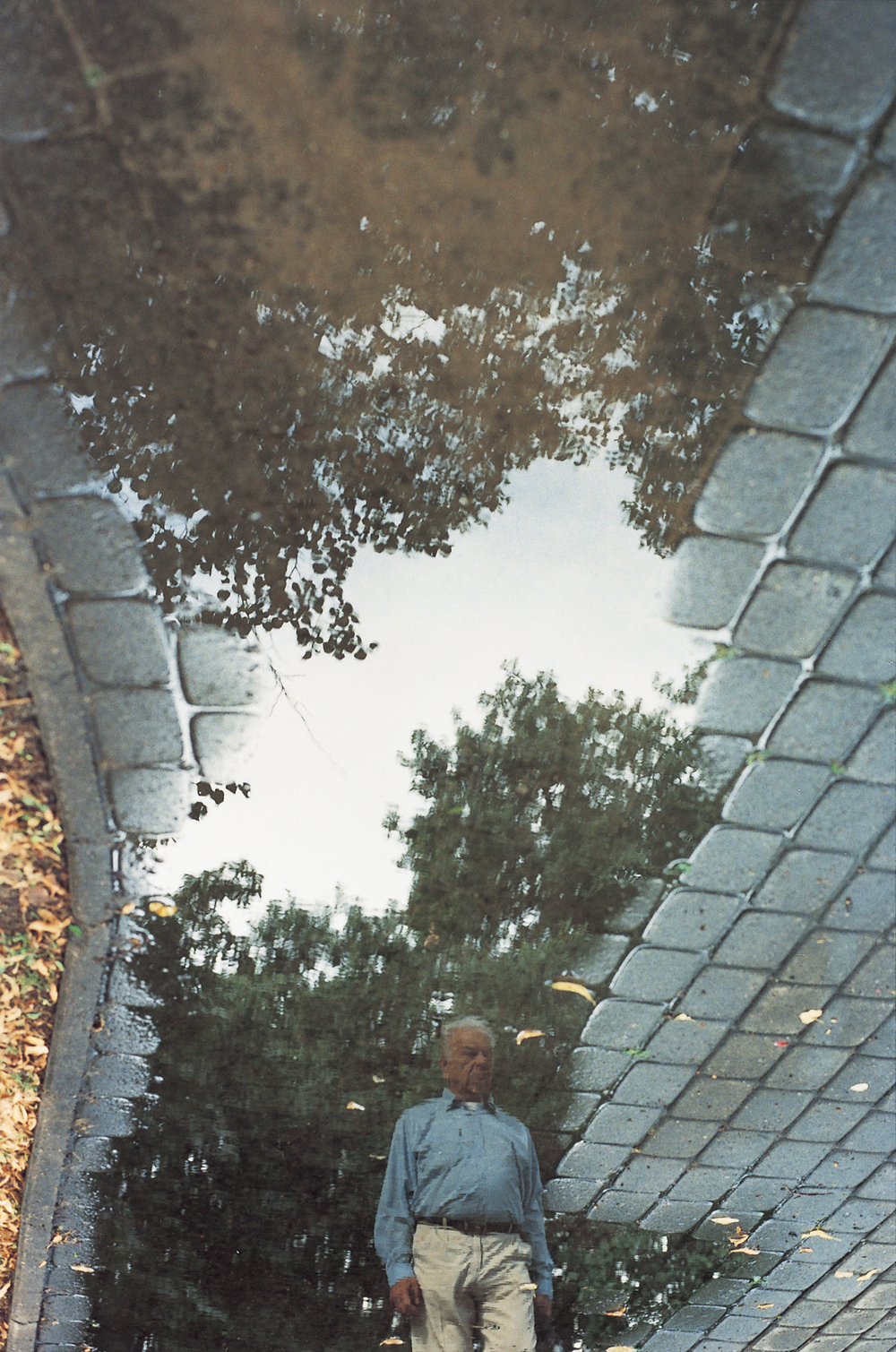
From the series 5 comes after 6. 1997, C-print
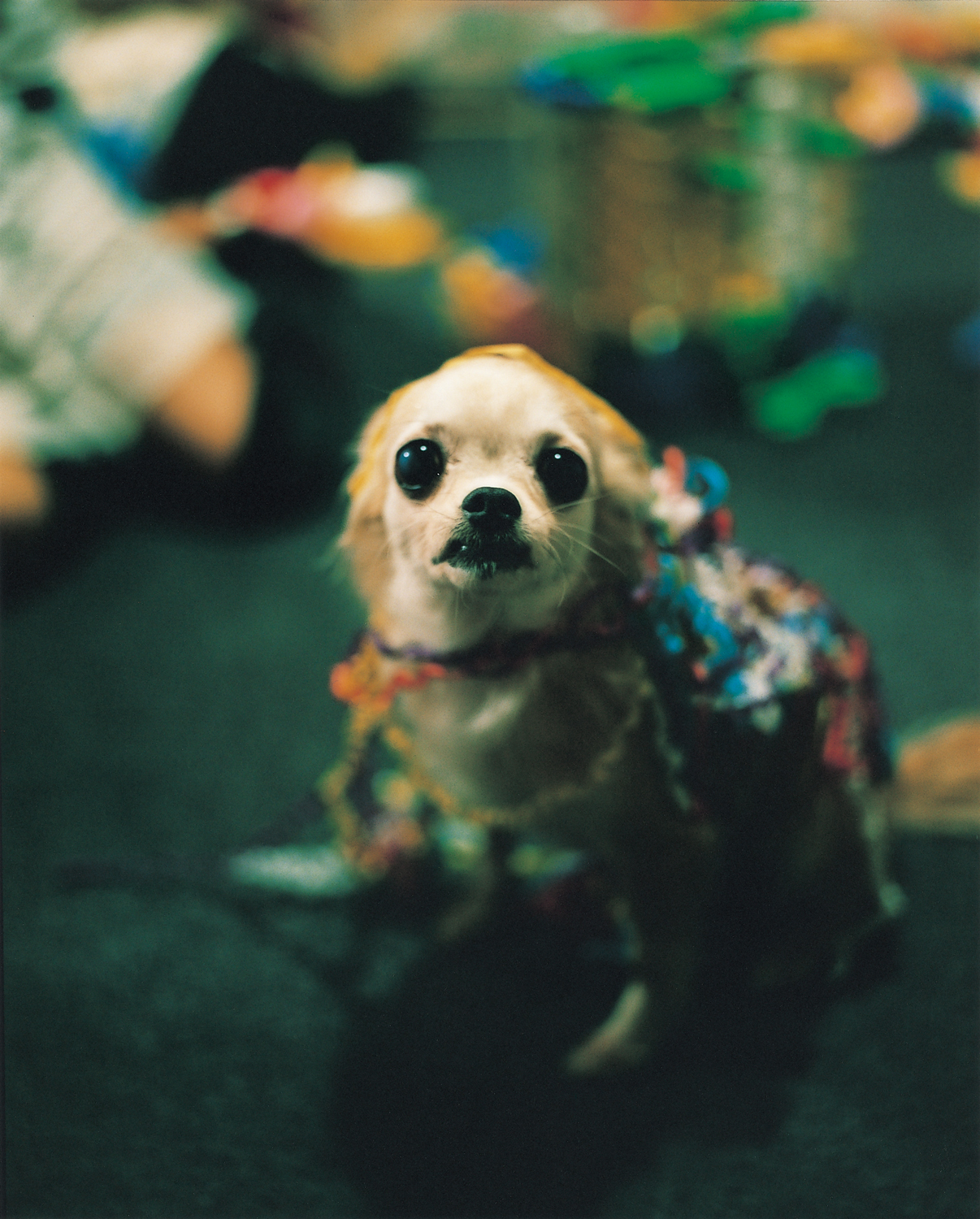
from "5 comes after 6" (2014)
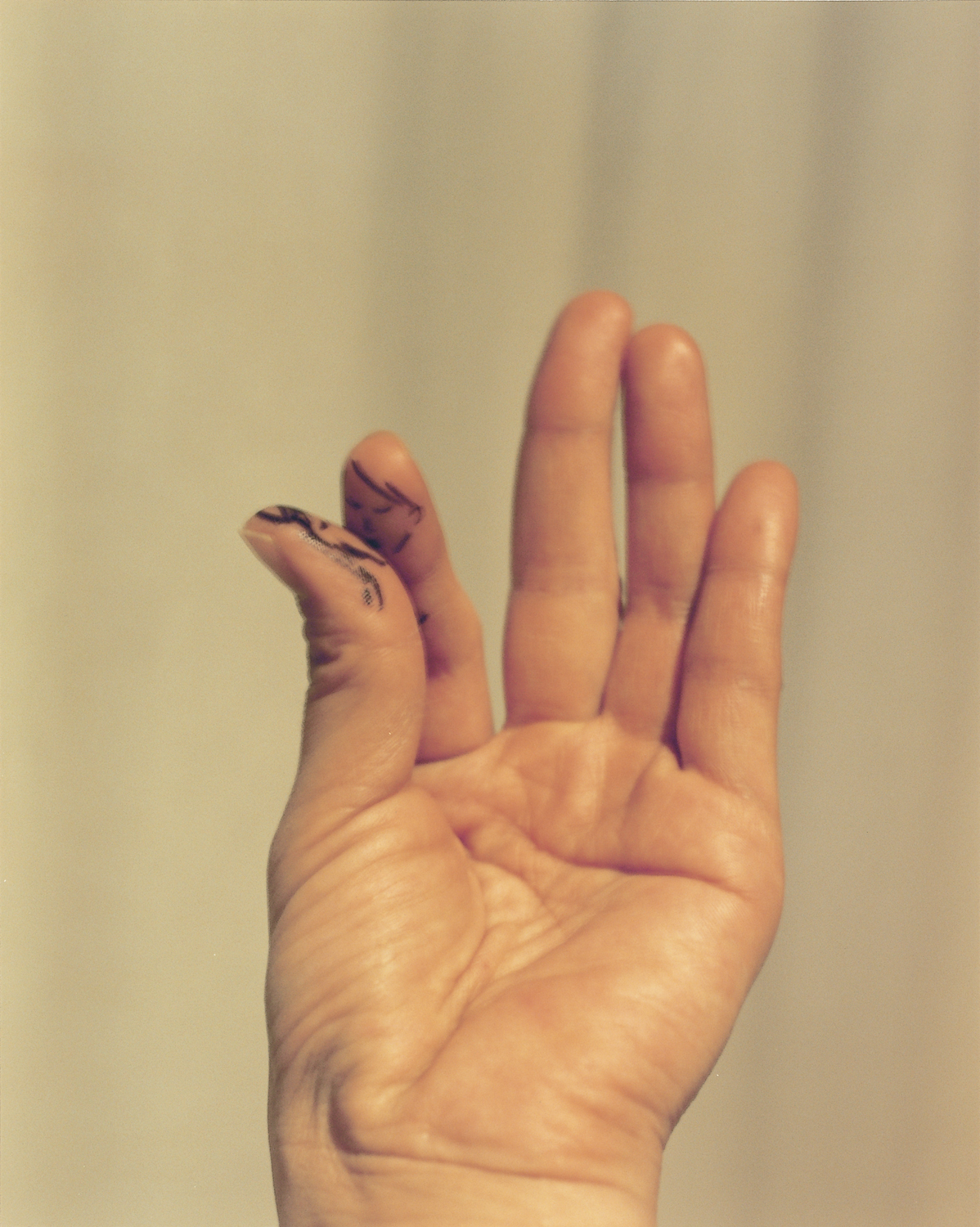
The Kiss (From the series 5 comes after 6). 2011/2017, C-print
TRENDING
-
The Tattoos that Marked the Criminals of the Edo Period
Traditional tattoos were strong signifiers; murderers had head tattoos, while theft might result in an arm tattoo.

-
Chiharu Shiota, Red Threads of the Soul
Last year, more than 660,000 people visited the retrospective 'Chiharu Shiota: The Soul Trembles' exhibit at the Mori Art Museum.

-
‘Before Doubting Others, Doubt Yourself. Who Can Truly Say a Dish Isn’t What It Used to Be?’
In ‘A Non-Conformist’s Guide to Surviving Society’, author Satoshi Ogawa shares his strategies for navigating everyday life.

-
The Story of Sada Yacco, the Geisha who Bewitched Europe
Described by Dazed magazine as the first beauty influencer, she has been restored to her former glory since 2019.

-
Ito Jakuchu's Naturalist Paintings
From 15 September until 14 October 2018, the Petit Palais showcased the artist's iconic ‘Images of the Colourful Realm of Living Beings’.





